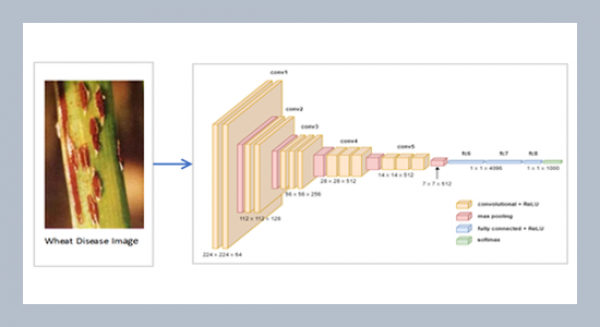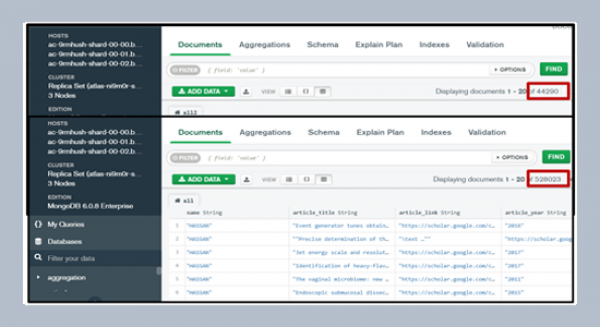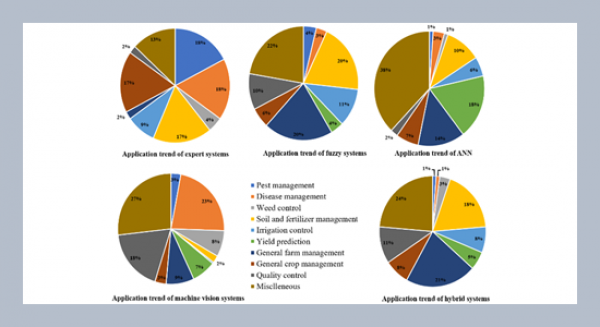Young-Long Chen1, Jyu-Wei Wang2, Jyh-Liang Chen3 and Jyh-Horng Wen4* 1,3,4 Department of Electrical Engineering, National Chung Cheng University168, University Rd., Ming-Hsiung, Chia-Yi, Taiwan, R.O.C.
1 Department of Electrical Engineering, Chienkuo Technology University, Taiwan. R.O.C.
2 Department of Computer and Communication Engineering, Asia University, Taiwan R.O.C.
4 Department of Electrical Engineering, Tunghai University, Taiwan. R.O.C.
Download Citation:
|
Download PDF
Conventional call admission control (CAC) methods generally accept (or reject) newcall arrivals on the basis of measured information such as the signal-to-interference ratio (SIR) orthe total received power in the individual cells. However, this paper proposes a novel approachwhich combines the CAC and power control mechanisms and operates in a centralized controlmanner. The essence of the proposed centralized call admission control (CCAC) scheme is tocombine the two mechanisms and to treat the call admission decision as an eigen-decompositionproblem. In the proposed approach, a new call is accepted only if the quality-of-service (QoS)requirements of all the active links in the network can still be maintained. In order to reduce thecomputational complexity of the eigen-decomposition problem, the paper proposes an additionalscheme which uses a norm operation rather than direct computation. The simulation results indicatethat the proposed scheme, even with the norm approximation, outperforms conventional calladmission methods both in terms of its blocking rate and its outage rate.ABSTRACT
Keywords:
call admission control; signal-to-interference ratio (SIR); eigen-decomposition problem, norm operation.
Share this article with your colleagues
[1] Zander, J. 1992. Performance of optimumtransmitter power control in cellularradio systems. IEEE Transfusion onVehicular Technology, 41: 57-62.REFERENCES
[2] Wu, Q. 1999. Performance of optimumtransmitter power control in CDMA cellularmobile systems. IEEE Transfusionon Vehicular Technology, 48: 571-575.
[3] Wen, J. H., Sheu, J. S., Wang, J. Y., Chen,J. L., and Woo, T. K. 2003. A feasiblemethod to implement optimumCIR-balanced power control in CDMAcellular mobile systems. IEEE Transfusionon Vehicular Technology, 52: 80-95.
[4] Um, H. Y., and Lim, S. Y. 1998. Calladmission control scheme forDS-CDMA cellular system supporting an integrated voice/data traffic. Proceedingsintegrated voice/data traffic. Proceedingsof IEEE 3th International Symposium onComputers and Communications:365-369.
[5] Huang, C. Y., and Yates, R. D. 1996. Calladmission in power controlled CDMAsystems. Proceedings of IEEE 46thVehicular Technology Conference,:1665-1669.
[6] Liu, Z., and Zarki, M. El. 1994.SIR-based call admission control forDS-CDMA cellular systems. IEEEJournal On Selected Areas in Communications,12: 638-644.
[7] Kim, I. M., Shin, B. C., and Lee, D. J.2000. SIR-based call admission controlby intercell interference prediction forDS-CDMA systems. IEEE CommunicationsLetters, 4: 29-31.
[8] Bahng, S., Koo, I., Yang, J., and Kim, K.1999. Flexible call admission controlscheme for DS-CDMA systems withnon-uniform traffics. Proceedings ofIEEE TENCON: 31-34.
[9] Kim, K., and Han, Y. 2000. A call admissioncontrol with thresholds formulti-rate traffic in CDMA systems.Proceedings of IEEE 51th VehicularTechnology Conference,: 830-834.
[10] Jeon, W. S., and Jeong, D. G. 2002. Calladmission control for CDMA mobilecommunications systems supportingmultimedia services. IEEE TransactionWireless Commun, 1: 649-659.
[11] Imhof, L. A., and Mathar, R. 2005. Capacityregions and optimal power allocationfor CDMA cellular radio. IEEETransactions on Information Theory, 51:2011-2019.
[12] Golub, G. H., and Van Loan, C. F. 1996,“Matrix Computations”. The Johns HopkinsUniversity., Baltimore, U.S.A.
[13] Schott, J. R. 2005, “Matrix Analysis forStatistics”. Wiley, New Jersey, U.S.A.
ARTICLE INFORMATION
Available Online:
2007-05-01
Chen, Y.-L., Wang, J.-W., Chen, J.-L., Wen, J.-H. 2007. Performance of call admission control with power controlin multimedia cellular systems. International Journal of Applied Science and Engineering. 5, 65–74, https://doi.org/10.6703/IJASE.2007.5(1).65
Cite this article:















